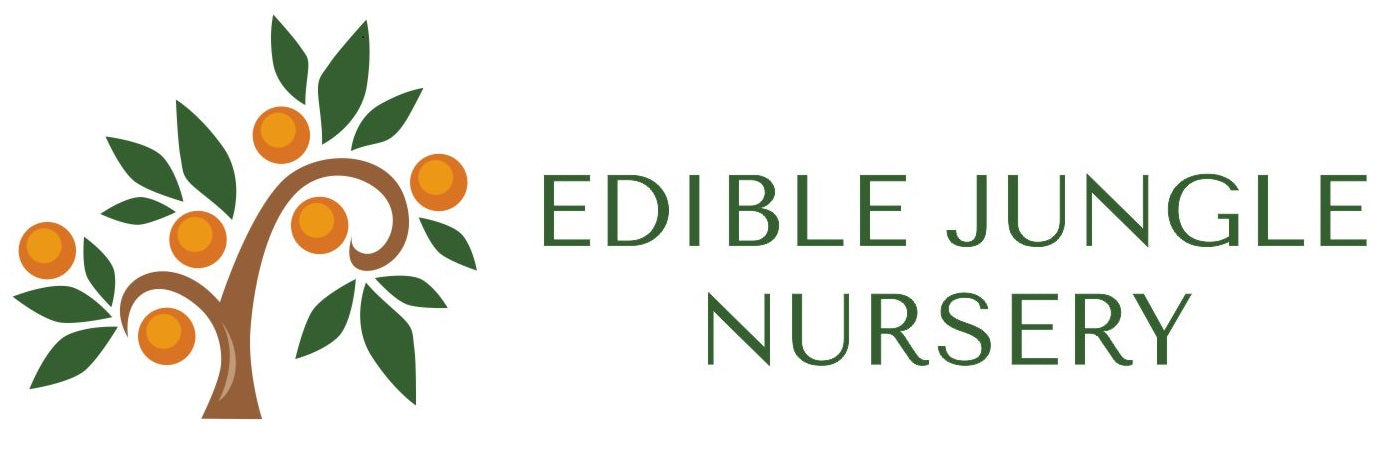$14 Flat Rate Express Postage On All Orders!
- Home
- All Plants
- New Varieties
- Edible Plants
- Pollinators
-
More Info
-
Other Stores
$14 Flat Rate Express Postage On All Orders!
$9.99
| /
Lucerne, also known as alfalfa, is a perennial flowering plant in the legume family (Fabaceae). Native to Southwest Asia and the Middle East, it has been cultivated for over 6,000 years and is one of the oldest known forage crops. Historically, it was highly valued in ancient civilizations, including Persia and the Roman Empire, for its utility as high-quality livestock fodder.
The name “alfalfa” is derived from the Arabic word al-fasfasa, meaning “best fodder,” reflecting its nutritional value for animals. Lucerne is now cultivated worldwide and is especially important in sustainable agriculture and permaculture systems.
Lucerne is propagated by seed and establishes best when directly sown into well-prepared soil. It is a self-regenerating perennial that can last 4–6 years or more under suitable conditions.
Seed preparation: Use high-quality seeds, optionally inoculated with Rhizobium meliloti bacteria to enhance nitrogen fixation—especially important in soils where lucerne has not been previously grown.
Sowing time: Spring or early autumn is ideal, depending on regional climate.
Seeding rate: Approximately 15–20 kg per hectare (1.5–2 g/m²).
Germination temperature: Optimal between 15–25°C.
Lucerne requires a temperate to warm climate.
It is best suited for areas with 90–150 frost-free days.
Once established, lucerne is drought-tolerant, though it requires moisture during early growth stages.
Prefers deep, well-drained loamy soil with a neutral to slightly alkaline pH (6.5–8.0).
Does not tolerate acidic or poorly drained soils.
Requires a friable structure to accommodate its deep taproot (up to 2 meters or more in depth).
Full sun exposure is essential (6–8 hours/day minimum).
Needs consistent watering during establishment (first 6–8 weeks).
Once mature, lucerne is highly drought-resistant due to its extensive root system.
Minimal inputs required after establishment.
Lucerne can be cut multiple times per year for forage or mulch.
It may persist for several years with appropriate rotational grazing or cutting management.
Lucerne serves multiple roles in regenerative and permaculture agriculture due to its beneficial biological and ecological functions:
As a legume, lucerne forms symbiotic relationships with nitrogen-fixing bacteria, improving soil fertility for itself and neighbouring crops.
Its deep taproot penetrates hard subsoil layers, improving soil aeration, water infiltration, and nutrient cycling by drawing minerals from deeper layers to the surface.
Lucerne is an excellent source of green manure and mulch material. It can be cut and left on the surface (chop-and-drop) or incorporated into compost.
Highly nutritious, lucerne provides protein-rich forage for a variety of livestock including cattle, sheep, goats, rabbits, and poultry. It can be fed as fresh cut material, silage, or hay.
Its flowers attract bees and beneficial insects, enhancing pollination and biodiversity in polyculture systems.
Lucerne helps stabilize soil with its extensive root network, making it suitable for erosion control, especially on sloped or degraded land.
Lucerne is a highly valuable plant for both conventional and permaculture systems. Its capacity to enrich soil, support animal systems, and improve long-term ecosystem function makes it an essential tool in sustainable agriculture. Easy to establish and manage, lucerne offers long-term benefits with minimal intervention, making it suitable for a wide range of climates and growing conditions.
